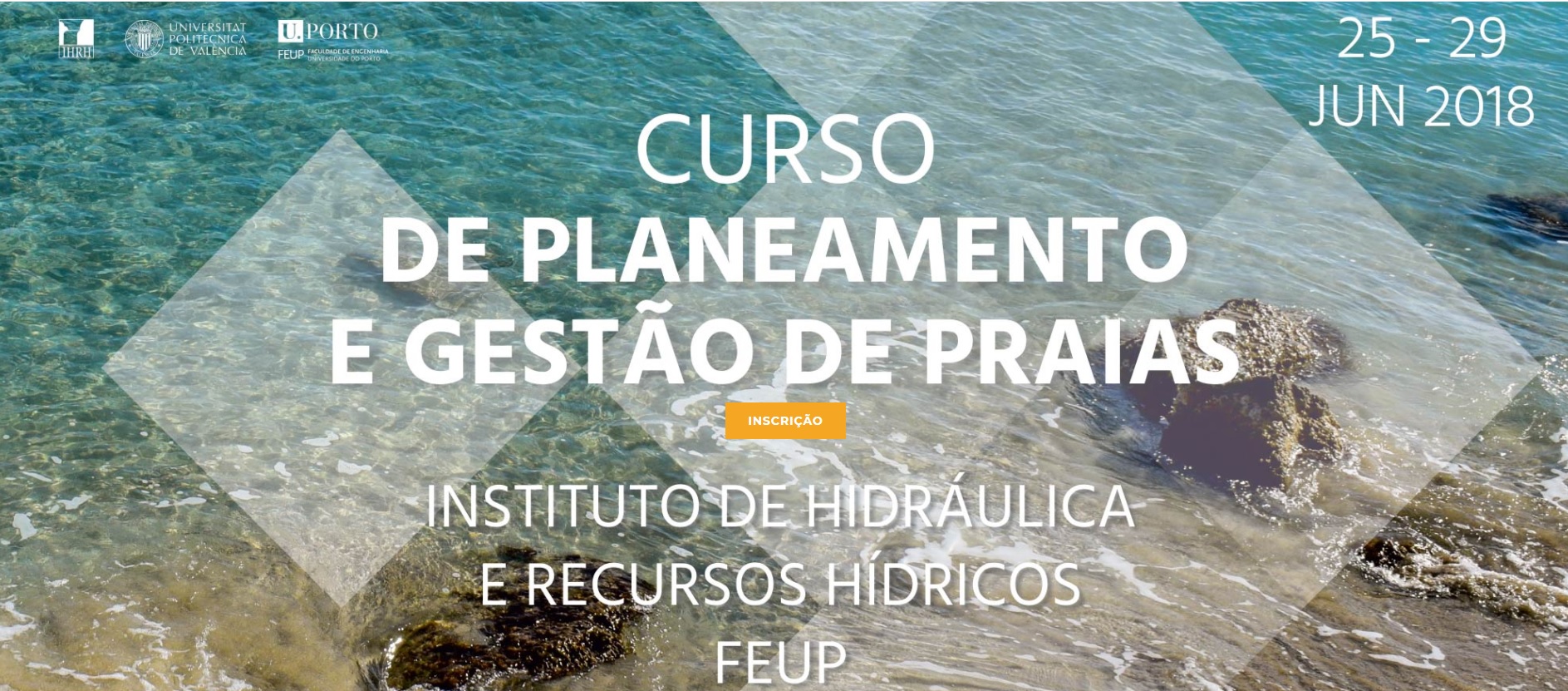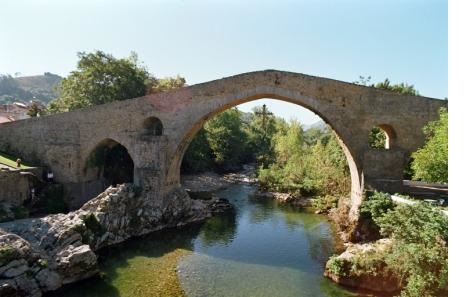 La Faculdade de Engenharia da Universidade do Porto (Portugal), a través del Instituto de Hidráulica y Recursos Hídricos (FEUP), junto con la Universitat Politècnica de València, han organizado un Curso de Planificación y Gestión de Playas, que tendrá lugar en Oporto entre los días 25 y 29 de junio de 2018. Esta es la segunda vez que se programa este curso, de 25 horas, que en su primera edición en 2010, tuvo un éxito muy notable en cuanto a participación e inscripción. El curso se desarrollará en español, contando con la participación de tres catedráticos de la UPV: Víctor Yepes, Vicent Esteban y José Serra.
La Faculdade de Engenharia da Universidade do Porto (Portugal), a través del Instituto de Hidráulica y Recursos Hídricos (FEUP), junto con la Universitat Politècnica de València, han organizado un Curso de Planificación y Gestión de Playas, que tendrá lugar en Oporto entre los días 25 y 29 de junio de 2018. Esta es la segunda vez que se programa este curso, de 25 horas, que en su primera edición en 2010, tuvo un éxito muy notable en cuanto a participación e inscripción. El curso se desarrollará en español, contando con la participación de tres catedráticos de la UPV: Víctor Yepes, Vicent Esteban y José Serra.
Si estás interesado, las inscripciones las puedes realizar a través del siguiente enlace: https://cursopraiasihrh.weebly.com/inscriccedilotildees.html. Asimismo, el contacto con los organizadores del Curso lo podéis obtener en la siguiente dirección: https://cursopraiasihrh.weebly.com/contactos.html
El programa que se desarrollará será el siguiente:
Bloque 1: Planificación. 5 horas. Víctor Yepes.
- El turismo litoral, evolución y tendencias.
- La importancia económica de las playas turísticas.
- La ordenación de usos y zonificación de las playas.
- Capacidad de carga turística de una playa.
- La gestión integrada del litoral.
Bloque 2: Infraestructuras. 5 horas. Víctor Yepes.
- Infraestructuras lúdicas y deportivas.
- Infraestructuras higiénicas y estrategias de ahorro hídrico.
- Diseño y gestión de playas accesibles.
- Servicios de información, salvamento y primeros auxilios.
- Equipos de limpieza de playas.
Bloque 3: Sistemas de gestión de calidad y medio ambiente. 5 horas. Víctor Yepes.
- La innovación y gestión de la calidad y del medio ambiente en las playas.
- Gestión ambiental de recursos turísticos litorales. Banderas azules.
- La aplicación de la norma ISO 9001 e ISO 14001 a las playas.
- El sistema de calidad turístico español: La “Q” del ICTE.
- La incidencia de la gestión turística en las playas encajadas.
Bloque 4: Procesos y riesgos litorales en playas turísticas. 5 horas. José C. Serra.
- El medio costero-litoral: Dinámica, procesos y formas.
- Estabilidad, evolución, prognosis y control y seguimiento de playas.
- Riesgos en el litoral.
- Restauración y sostenibilidad del medio costero-litoral.
- Diseño y gestión de paseos marítimos.
Bloque 5: Turismo náutico e instalaciones náutico-deportivas. 5 horas. Vicent Esteban.
- La práctica de la náutica deportiva.
- Las instalaciones náuticas de recreo.
- Tipología de usuarios y servicios náuticos.
- Organización y gestión de infraestructuras náuticas.
- Impacto socio-económico de las instalaciones náuticas de recreo.



